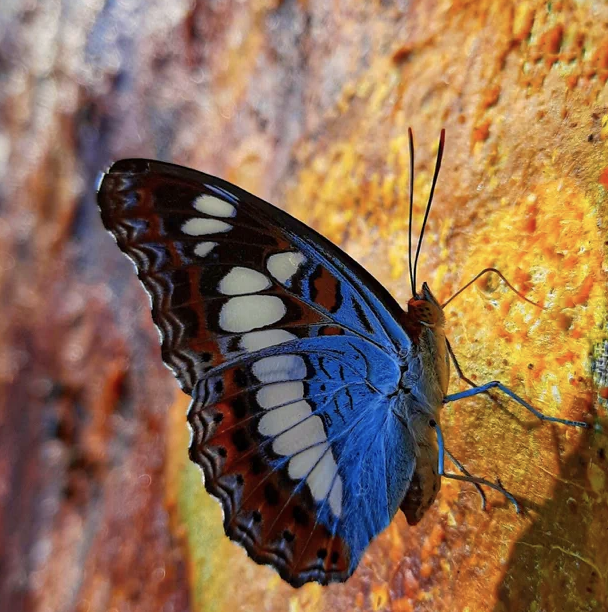I love sacred ritual. As a child, images of ritual consisted of church pews and somber hymns. Over time, my connection to indigenous culture grew strong as my soul led me toward rituals that were rooted in Yoruba, Kemetic, Native American, and Hindu cultures. The praise and fellowship were similar in that it was full of devotion for the Divine. What was new, were the drums, the stomping of feet, and the cries as souls cracked open in love.
Sometimes, ritual can last for long periods, until the work is done. And when the work is done, there is still more. As if the fervor of ritual wasn’t enough, something magical occurs. Just as the night surrenders its power to the dawn, the ritual transforms into a sacred afterglow. This is the space where silence gives way to the inner divine. It exists between each stacattoed sound in ancient chants. It swirls in the spaces left by the dance of bare feet. It rises in the eery pause of a mother’s wailing cries. It is beckoned by the call of love invoked by a warm embrace. In this space, there is oneness. There is stillness.
From afar, some indigenous rituals can seem very chaotic. They can take on a life of their own. But I’ve witnessed what seems like chaos become very purposeful, deeply moving, and filled with unbelievable calm. I’ve learned that every beat of the drum, every chant, and every cry open the veil for serenity. The law of duality makes it so. There is no stillness without the call. There is no peace without a bit of turmoil. Just as day and night allow each to be, indigenous ritual creates space for the awakening of that which needs to be healed and that which is healed. In the stillness lies the opportunity for them to merge into one. It is a beautiful dance. And I love to bathe in its afterglow.






